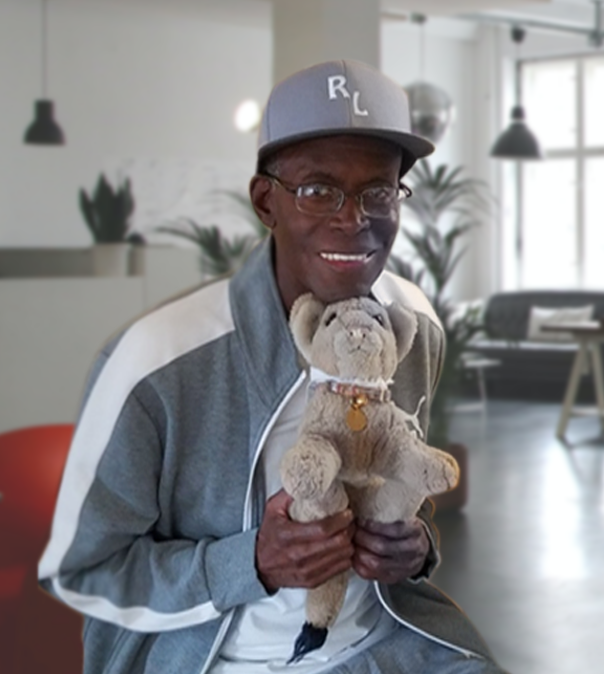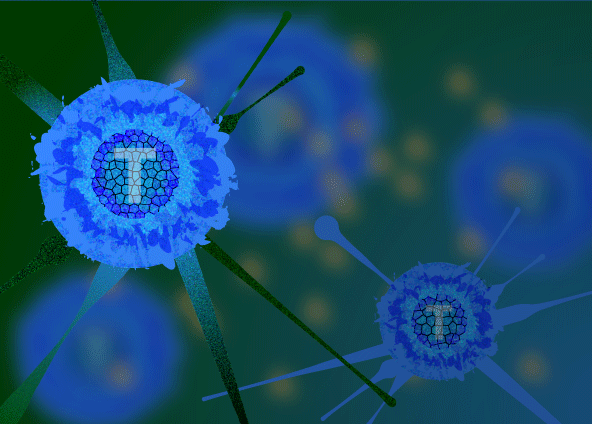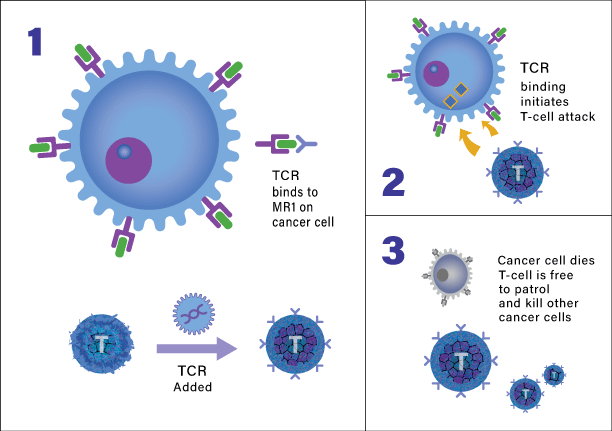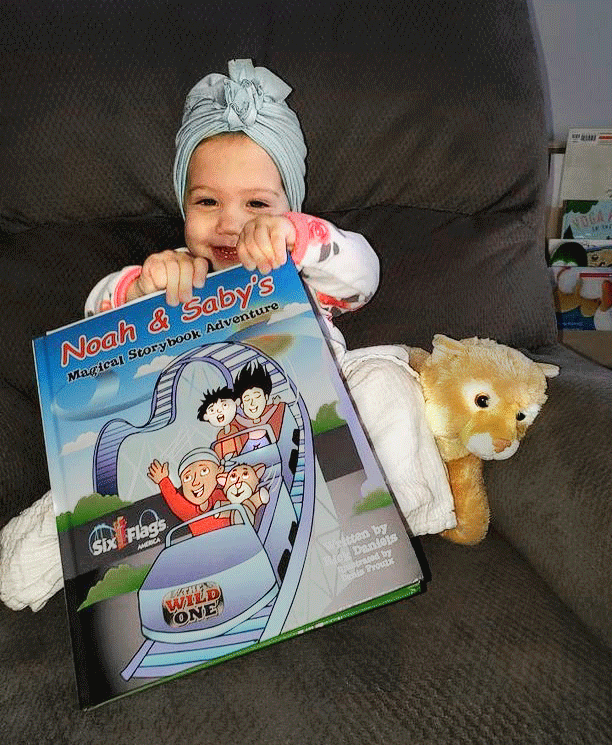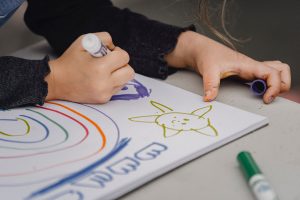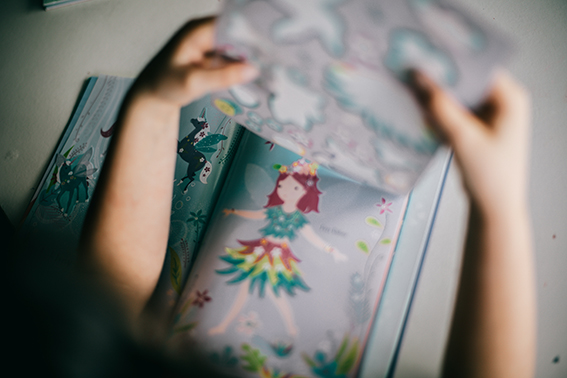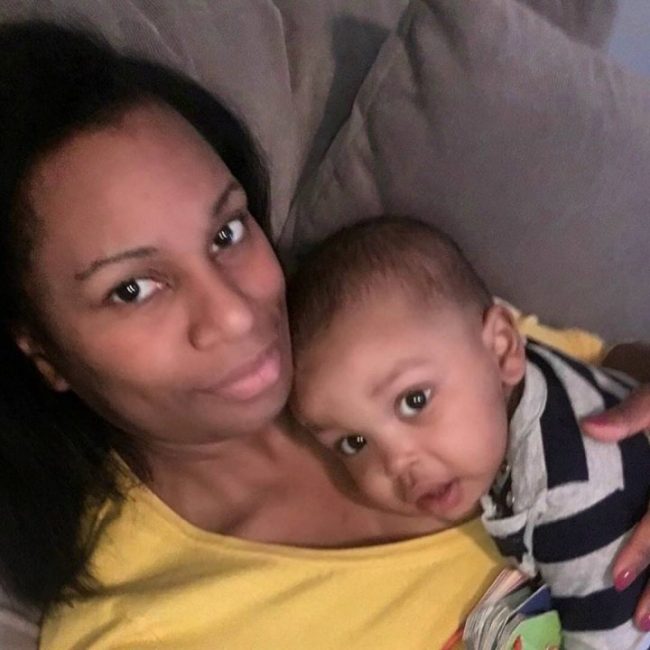
The story of Blake Payne is one full of love, hope, and courage. A life that ended far too soon, but that has taught us the meaning of real strength.
Blake Payne was the son of CNN correspondent Rene Marsh. Blake was a joyful two-year-old who passed on April 14 after battling pediatric brain cancer. In the words of his mother, Blake has taught her what is truly important and showed her how much strength she had stored in her heart.
A month before, Blake was reaching his second birthday together with Rene Marsh and her husband, Kedric Payne.
Motherly Love
During this time, Rene grew more than she could have ever imagined. The meaning each day had with Blake was full of lessons of love and compassion. A communion that is only reserved for those strong enough to fight against such a difficult disease.
Rene took this battle against cancer as a mission for the rest of her life. She has decided to do so as her tribute to Blake. Marsh also mentioned that she received news from doctors explaining that Blake’s cancer was in remission, but last November, it returned and spread.
It is important to highlight the fact that Rene, like many other mothers, had to emotionally experience her child’s illness too, so he could go through the treatment and care that cancer demands.
During those days, it is common for many parents to feel lost and confused. However, they know they are the light that needs to guide their children to safety, to normality. Beyond treatments and medicines that we all hope to make cancer disappear, there are also tons of love that are poured out by these parents.

It is important to highlight the fact that Rene, like many other mothers, had to emotionally experience her child’s illness too, so he could go through the treatment and care that cancer demands.
Feelings and Imagination
Among these times, there are moments in which children might feel excluded as a result of trying to understand the reason behind the separation from their daily activities and interactions. It is in these moments that parents need to assist their children and teach them ways on how to manage anxiety, fear, guilt, depression, and anger.
These reactions change according to the age and condition of the child, and it gets more complex as they get older. There are, of course, psychological resources the parents can use, however, it is important these feelings be addressed, or they can evolve into disorders and depression. As Nancy Keene, Wendy Hobbie, and Kathy Ruccione describe in their book Childhood Cancer Survivors, “Suffering is diminished when it is shared.”
Books can help
One way of sharing these episodes and limitations caused by the illness is by revealing hopes and fears. In this field, we have access to several resources, and one of the most important is that of books. Books help children to release their imagination and escape from their physical limitations, taking them to different realities and situations.
It is in this reading dimension that we can explore new stories and be one with the characters, as well as their life and challenges.
Books to Face Difficulties and Seek Hope
These expressions are fundamental for children and their families. Parents need to not only be ready to assist their children with their doubts but also live with them in their challenges and expectations.
That is why it is not surprising that among Blake’s favorite activities, we can find books. The use of colors and joyful acts shone a new light over a landscape that perhaps, due to his illness, was turning grey in some aspects. Books, together with music, another great equalizer of experience, help parents and children get together in creating a stronger bond.
It is in this scenario that Blake and Rene’s relationship teaches us how to approach this situation with bravery, by sharing and living every day at its fullest, with their minds aimed to comfort each other; showing to the world that love transcends and triumphs over every act and experience, even cancer.
By Eduardo Guillen

